- Courses
 Business Management
Business Management IT Networks and ITSM
IT Networks and ITSM Data Management
Data Management Software Development
Software Development Digital Transformation
Digital Transformation Graphic Design
Graphic Design
- Learning Paths
- Vendors






Learn Cinema 4D, from the ground up, in this Cinema 4D course.
This course will get you comfortable with the basics of modeling, lighting, animation, and many other important topics for 3D Motion Design.
Master basic 3D principles and lay the foundation for more advanced subjects in the future.
Cinema 4D Basics
Creating Objects in Cinema 4D
Understanding the objects hierarchy
Using Modifiers and Deformers to modify, distort and manipulate objects
Making spline or outline objects to edit and create objects
Creating more complex models using different constructor objects
Using editable objects, points edges and polygons to create any shape or surface
Creating and working with materials to change the colour, texture and properties of objects
Creating environments for objects
Adding lights and Cinema 4D cameras to give viewpoints
Creating simple animations using animation and Keyframing
Rendering and output to create still or animation sequences
Further into Materials and UVW Mapping
Modelling More Complex Shapes and Surfaces
Using Mograph for Modelling and Object Creation as well as more Complex Animation
Introduction to the Cinema 4D Dynamic’s System
Rendering and lighting
Refining Animation and Effecting Motion and Speed
Introduction to sculpting
Starting to sculpt
Using Cinema 4D Advanced Sculpting functionality to add detail
By the end of the course the delegate will have the tools to create full 3D scenes and create finished output.
This course is designed for
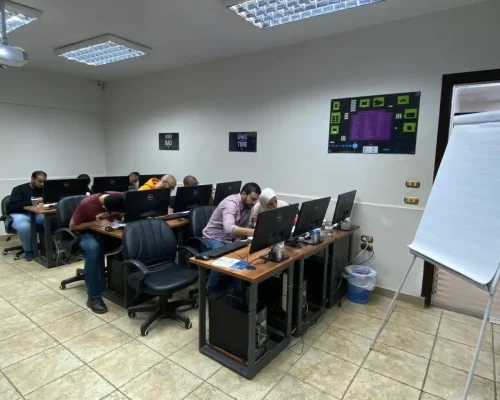

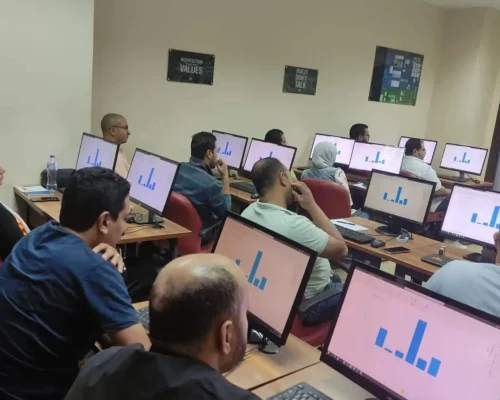

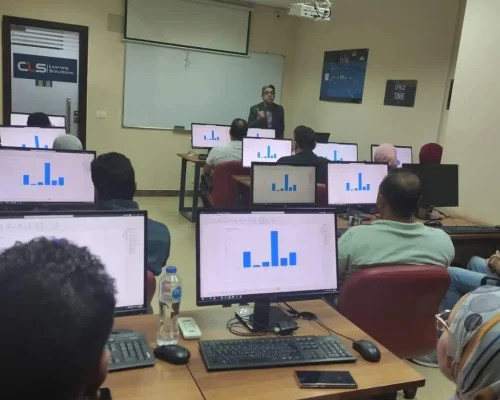
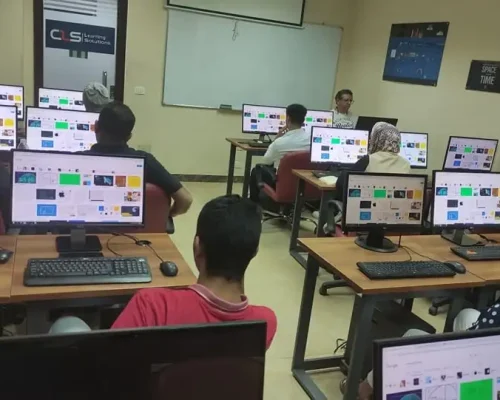
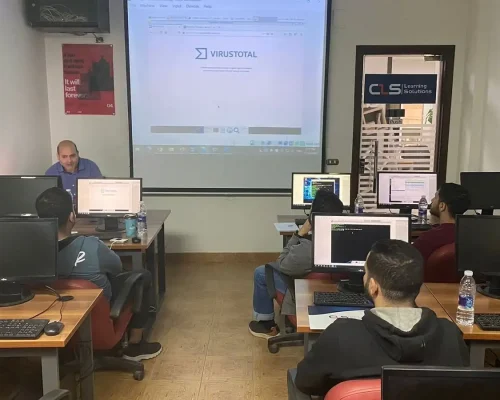
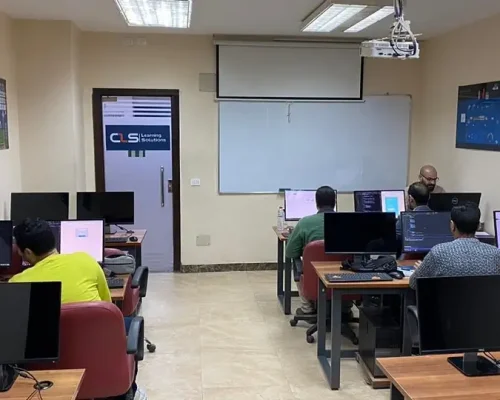
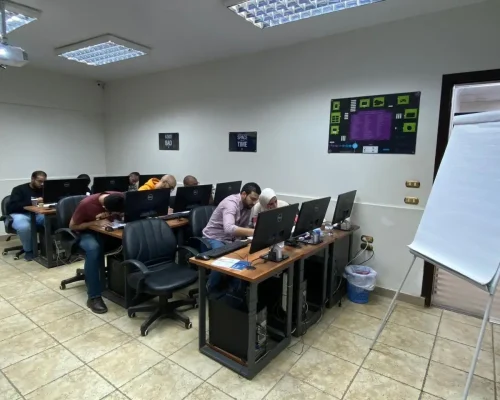
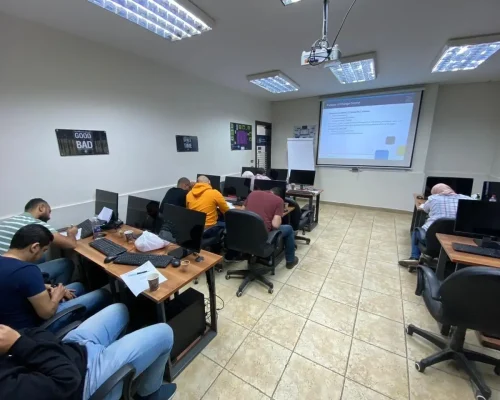
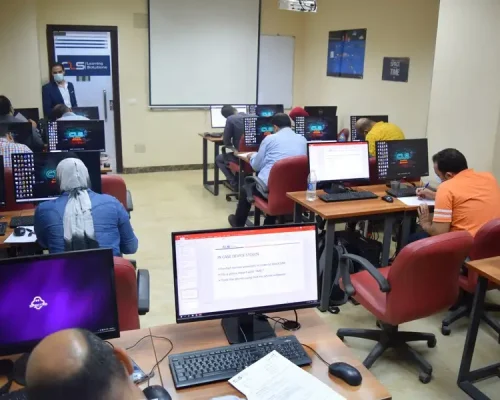
We have been in the market since 1995, and we kept accumulating experience in the training business, and providing training for more than 200,000 trainees ever since, in Egypt, and the MENA region.
CLS facilities are well-equipped with strong hardware and software technologies that aid both students and trainers lead very effective smooth training programs.
We provide our clients with the best solutions, customized to their specific needs and goals. Our team is highly qualified to answer whatever questions you have.
CLS is an authorized and accredited partner by technology leaders. This means that our training programs are of the highest quality source materials.
We keep tabs on every change in the market and the technology field, so our training programs will always be updated up to the World-class latest standards, and adapted to the global shape-shifting job market.
We select the best instructors, who are certified from trustworthy international vendors. They share their professional experience with the Trainees, so they can have a clear hands-on experience.





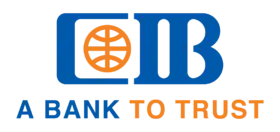
















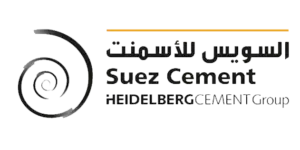









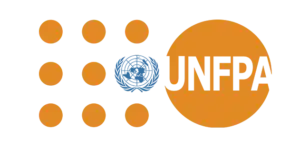

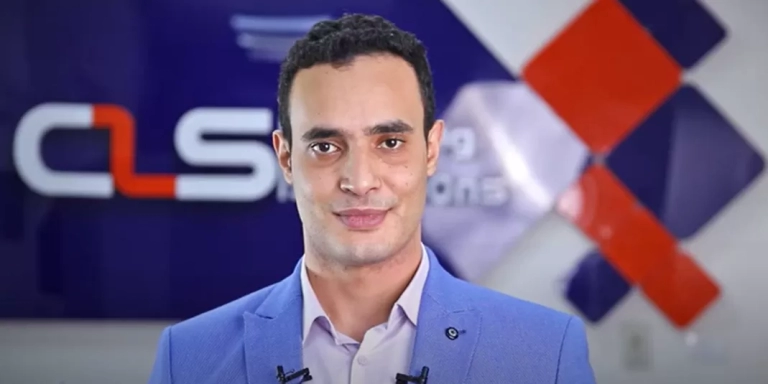
I`m attending now CEH Training with Eng Mohamed Hamdy ,CISSP Training with Eng Mohamed Gohar, I really learned a lot from him , everything here in CLS is very satisfying including facilities .
We took a series of courses as the digital Transformation Unit of the ministry . we just finished CRISC Certification Training with DR Adel Abdel Meneim . Thank you CLS for all your efforts, we really appreciate it
Me and my colleagues are working in a government Organization, We took a no. of cyber security trainings with CLS starting with CEH and CISSP. we liked every thing the instructors, the stuff and whole environment
I`m attending ASP.NET Core with MVC Training with Eng Mohamed Hesham , I really learned a lot from him , everything here in CLS is very satisfying including facilities .Thanks you all team.
Qualifying the cadres of digital transformation units in government agencies moving to the administrative capital .Thanks CLS
I`m attending ASP.NET Core with MVC Training with Eng Mohamed Hesham , I really learned a lot from him , everything here in CLS is very satisfying including facilities .Thanks you all team.
I`m attending now CRISC Training with DR Adel Abdel Meneim , I really learned a lot from him , everything here in CLS is very satisfying including facilities , locations and the team.
I`m attending ASP.NET Core with MVC Training with Eng Mohamed Hesham , I really learned a lot from him , everything here in CLS is very satisfying including facilities .Thanks you all team.

Seize the moment, Learn with CLS, The Top-Rated Training Provider in Egypt since 1995, 28 Years of Experience Training Businesses and People in Egypt and Mena region.
© 2024 - CLS Learning - Solutions | All Rights Reserved.